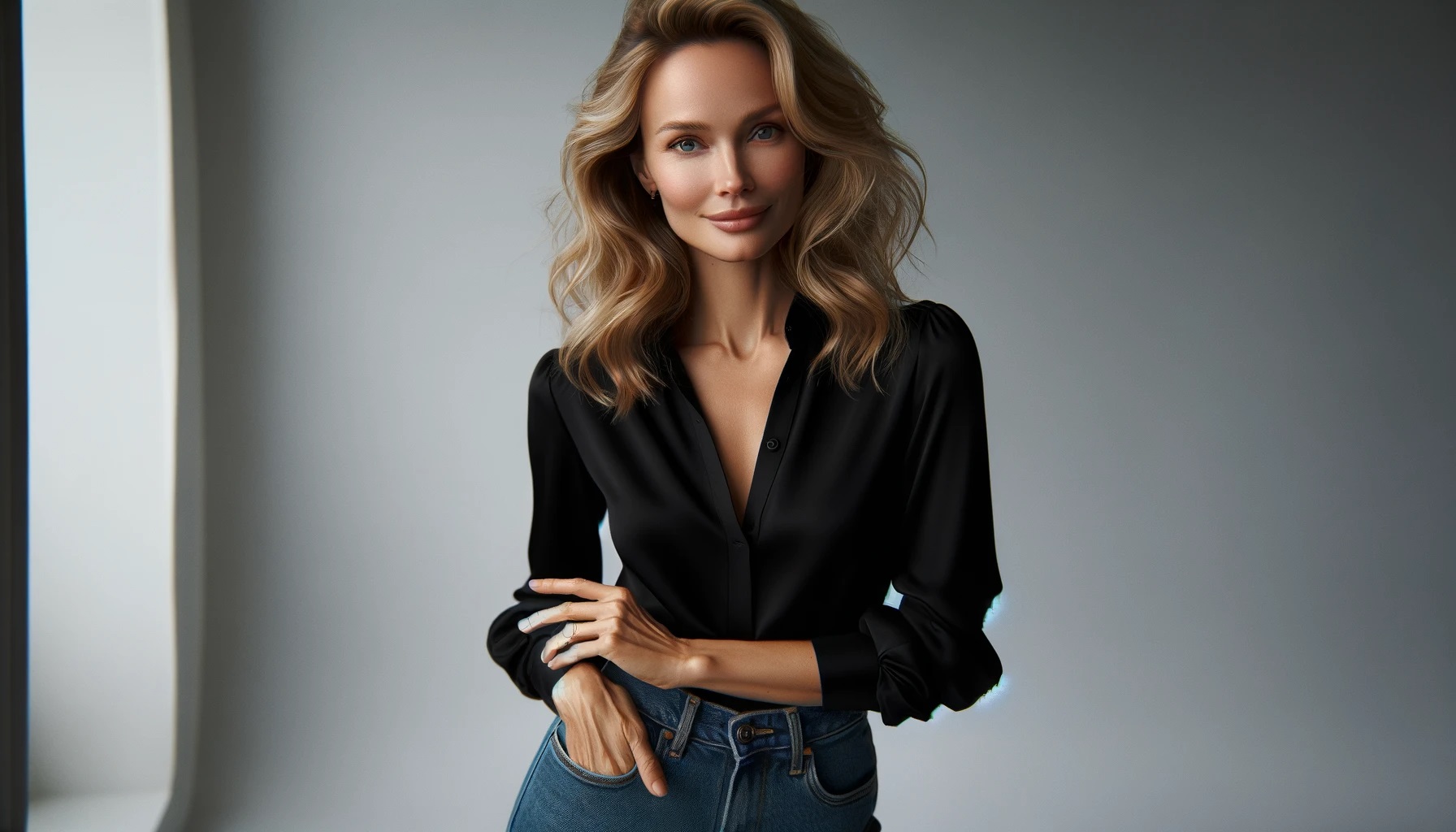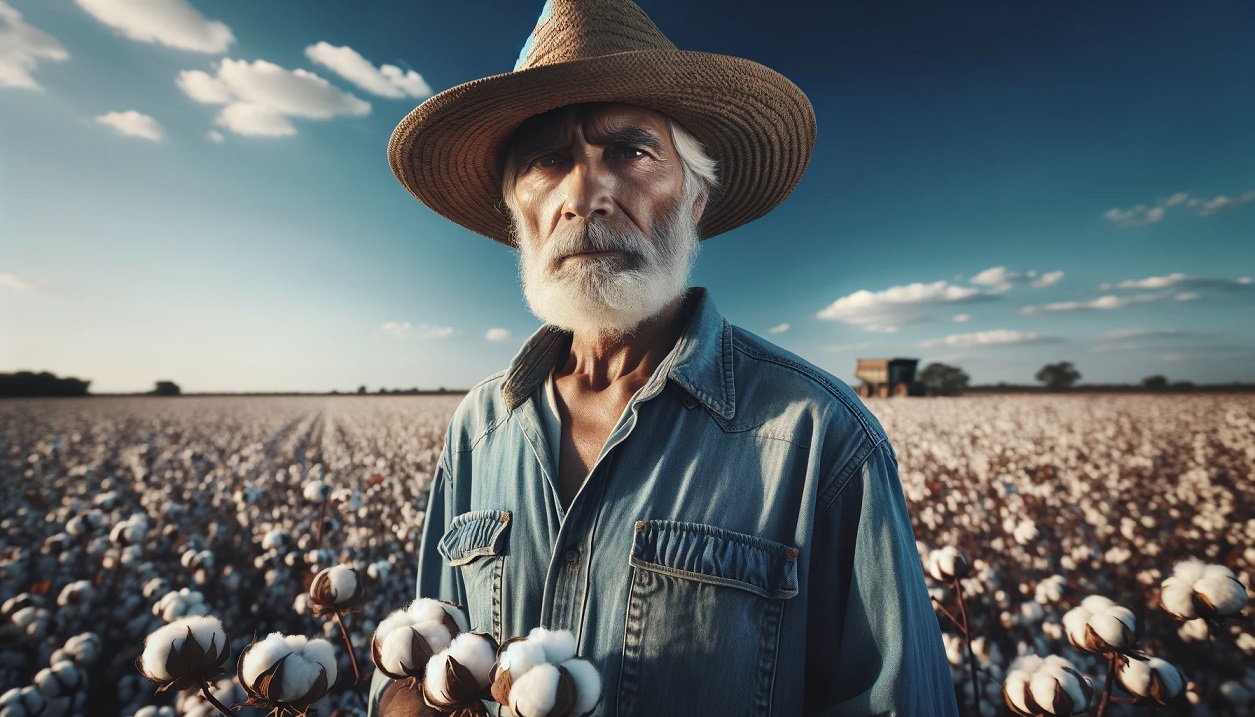Bamboo, a rapidly growing grass, has emerged as an “eco-crop” with its fibers being utilized in everything from construction to homeware, and importantly, in the textile industry. It’s touted for sustainability, UV protection, and antibacterial properties. However, the reality of bamboo fabric’s sustainability is complex and multifaceted.
Cultivation: A Green Beginning
Bamboo cultivation starts with promise. It grows quickly, doesn’t require fertilizers, and self-regenerates from its roots, thus not needing replanting. Compared to cotton, which demands substantial water, pesticides, and labor, bamboo seems advantageous. However, the majority of bamboo is grown in China, where there’s limited transparency about the intensity of harvesting and land clearing. Despite recent crackdowns on intensive farming methods, uncertainties remain.
Production: The Chemical Conundrum
When it comes to fabric creation, the sustainability of bamboo gets prickly. The popular method for producing bamboo fabric, particularly the soft variety used in clothing, is the viscose process. This involves dissolving bamboo in a chemical solution to create a pulpy substance that is then spun into fibers. This process uses toxic chemicals like caustic soda and carbon disulfide, posing risks to human health and the environment. Recent improvements in chemical management and waste treatment are steps in the right direction, but challenges remain.
Sustainability: A Mixed Picture
The Reality of Bamboo Rayon
Most bamboo fabrics on the market are a form of rayon. The manufacturing process is intensive, involving harmful chemicals. However, advancements in chemical management signal progress. In comparison, bamboo lyocell, made using a closed-loop process that recaptures and reuses the chemicals, emerges as a more sustainable alternative. Brands like Boody are adopting this fabric, though it’s still a small part of the market.
Comparing Alternatives
Bamboo fabric’s sustainability is nuanced. It fares better than polyester and conventional cotton in certain aspects, such as avoiding pesticides and being less chemically intensive. However, it’s not the most sustainable choice available. Fabrics like organic hemp, organic cotton, or TENCEL™ Lyocell, especially considering the fabric dyeing process, might offer better environmental profiles. Most products labeled as “bamboo” are actually bamboo rayon, which involves intensive chemical processes and may lack the natural benefits of unprocessed bamboo.
The Future Potential
There is ongoing work to develop more environmentally responsible methods for creating bamboo fabrics. The industry aims to produce soft, silky bamboo fabrics that are both cost-effective and sustainable. Responsible and transparent brands are key to ensuring the sustainable use of bamboo in fashion.
Conclusion
Bamboo fabric, in its current predominant form as bamboo rayon, presents a mixed bag in terms of sustainability. Its cultivation has clear advantages, but the manufacturing process raises environmental and health concerns. Innovations like bamboo lyocell point to a more sustainable future, but the journey there requires careful navigation. For consumers and the industry, the key lies in continuous improvement, transparency, and supporting practices that align with environmental stewardship and responsible consumption.



